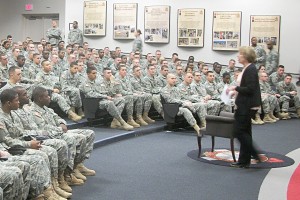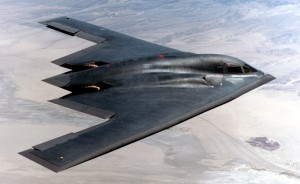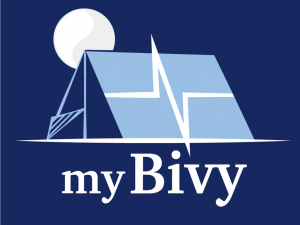Preventing Substance Abuse in Today’s Army

By Debbie Gregory.
The Army has decided to put medical officials back in charge of drug and alcohol abuse treatment for soldiers. Approximately 20,000 soldiers are screened each year for substance abuse.
While many of us know that a growing percentage of veterans struggle with addiction and excessive alcohol use, many of us may not know that the problems often begin during active duty. The stress of repeated deployments, long absences from loved ones, combat exposure, and, for too many women, sexual assault, all take their toll.
Army Secretary John McHugh decided to shift oversight of the program back to the Army Medical Command from the Installation Management Command after it was determined that close to 50% of those who needed treatment were deemed to be healthy, and denied treatment.
The Army is looking to fix the system that broke it shifted command of the program from medical to nonmedical leadership. That’s when program goals shifted from an emphasis on the treatment of each individual to filling “slots” and getting reports in on time. This resulted in an exodus of clinicians, increased vacancies, eroding care, and subsequently, poorer outcomes.
The Army plans to integrate substance-abuse counselors within mental health clinics that are embedded within combat brigades. The reasoning is two-fold: it will make care more accessible, while reducing the stigma of needing help. Currently, substance abuse counselors work in separate clinics on each Army base.
“What we have found is that our soldiers are more willing to go into an embedded behavioral health facility to be seen,” said Maj. Gen. Jimmie Keenan, deputy commander for operation under the Medical Command.
The reorganization of these substance abuse programs under Army Medical Command– which is expected to be complete by October 2016, and is being lauded by experts and advocates alike.
Military Connection salutes and proudly serves veterans and service members in the Army, Navy, Air Force, Marines, Coast Guard, Guard and Reserve, and their families.


























